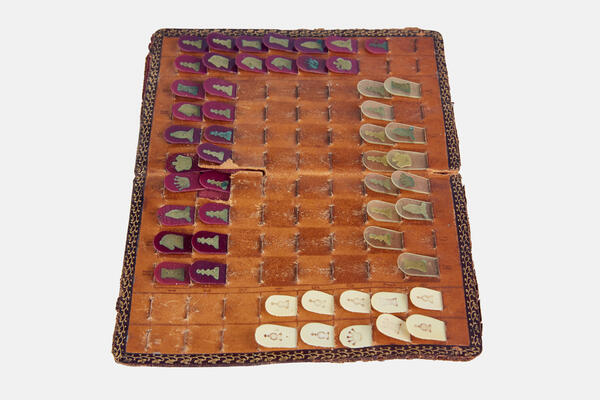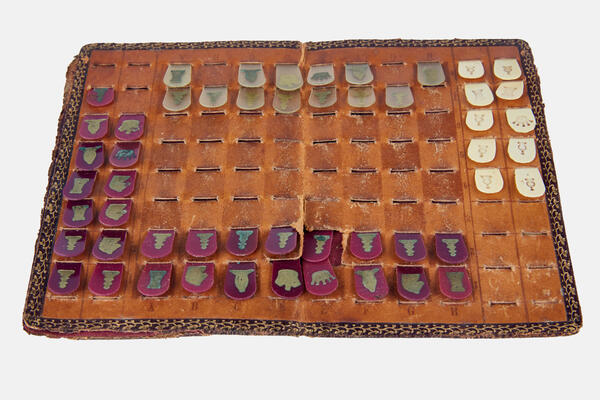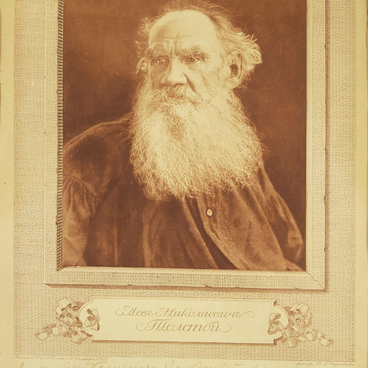In the Soviet Union, the chess game was very popular — it became not only a part of culture, but also a means of active recreation for workers and the education of young people. The history of chess in Russia is long, but this game gained its greatest popularity only during the Soviet period. More than 40–50 years ago, people with boards could be found in every yard and square, and chess was even more popular than football.
In 1924, as part of universal education, the slogan “Chess for the People” appeared. A difficult but very exciting game soon became a favorite pastime of millions. The interest was strong throughout almost the entire 20th century. Chess sections existed in almost every school and House of Pioneers, and special faculties were opened at sports universities. A special system of chess education was developed, and relevant literature was published. All these actions bore fruit. All-Union and international competitions were watched by the whole country, worrying about the players. The game of chess was also popular in the artistic environment. Many famous musicians loved chess and even played it well.
Alexander Goldenweiser’s paternal great-grandfather was Yakov Moiseyevich Eikhenbaum, a well-known Odessa chess lover, the author of the poem “Gakrab” (“Battle”), which, in fact, was a manual on the chess game for children, written in an entertaining form. The pianist’s father, Boris Solomonovich, loved chess. He knew Mikhail Ivanovich Chigorin, the strongest chess player, the first from Russia to participate in the match for the title of world champion. Chigorin gave him a set of the Chess magazine with a warm dedication. This magazine is an important part of the extensive chess literature collected by Alexander Goldenweiser.
The large collection of chess in the memorial apartment of Goldenweiser houses travel chess. Goldenweiser often took it on trips. The set consists of a leather purse with many pockets that perform the function of a chess field. The figurines are made of plastic in white and red color, and they are marked with the symbols of chess pieces. On the way, it was very convenient to open a purse, and during the game, just rearrange the figurines by putting them in appropriate pockets.







